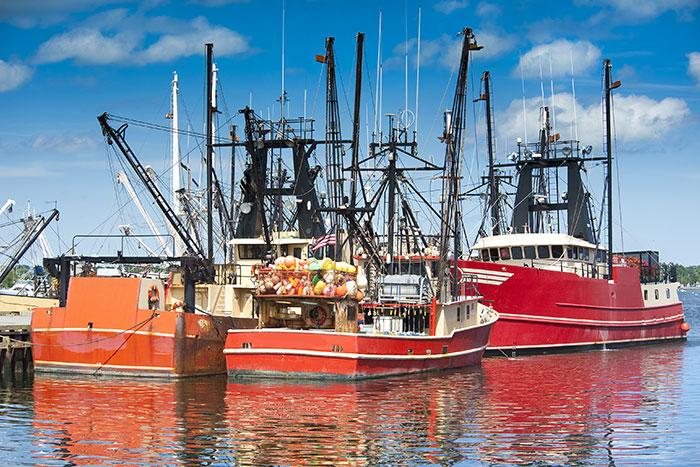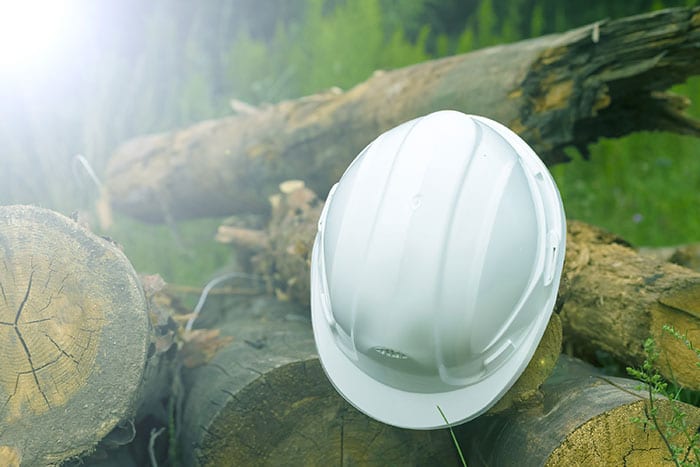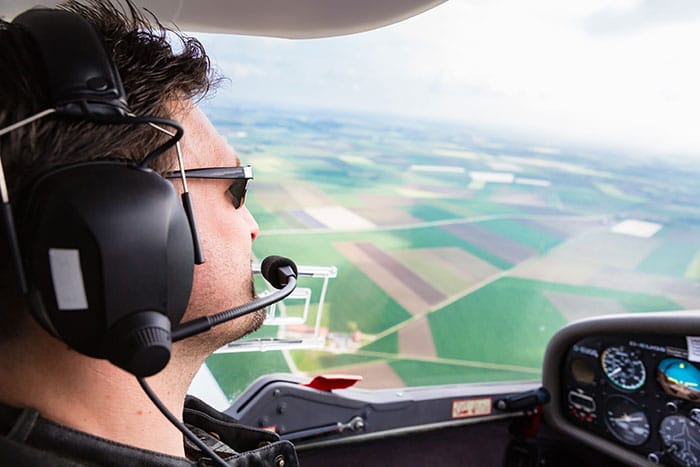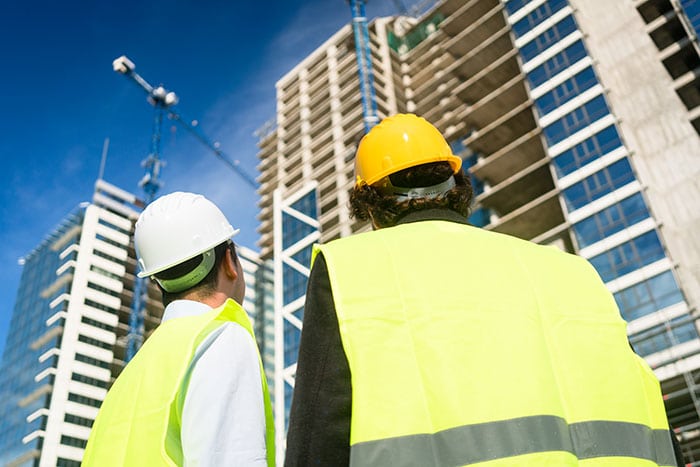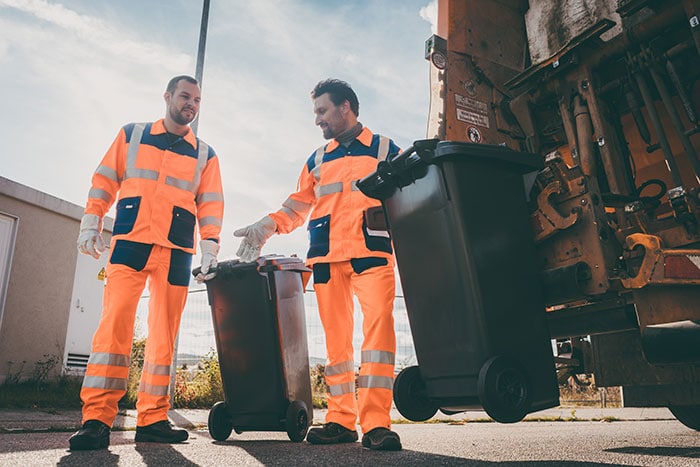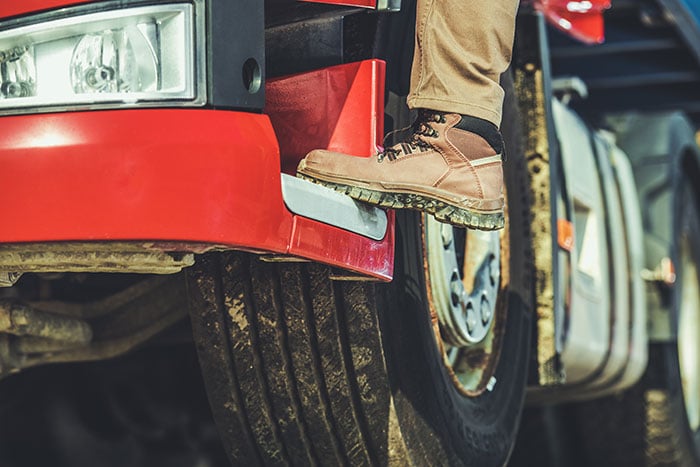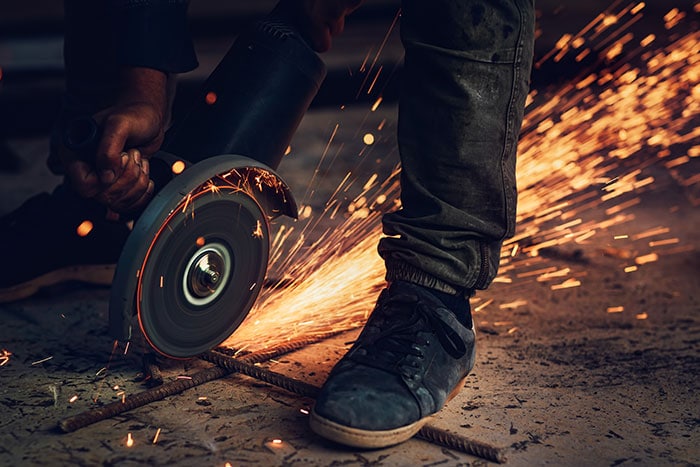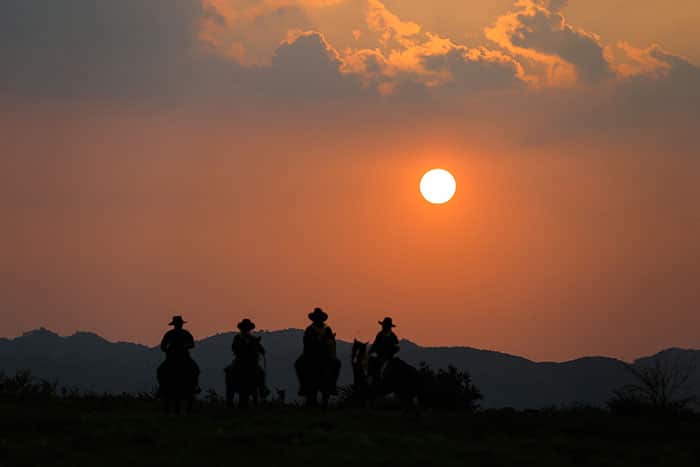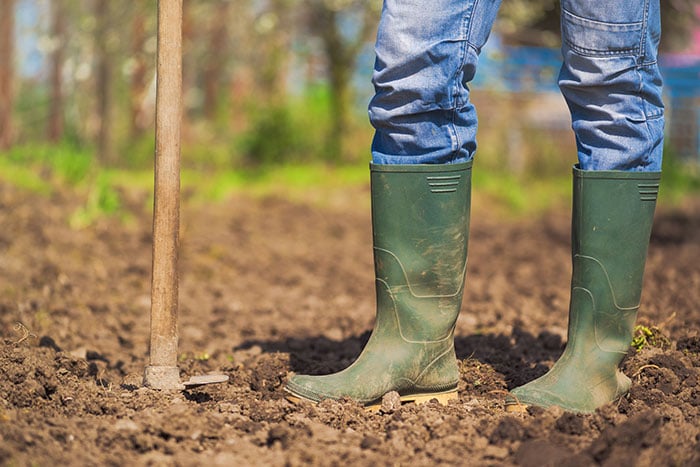Top 10 Most Dangerous Professions
Serving Injured Workers in Colorado
Denver injury attorneys for workplace accidents at The Babcock Law Firm list the deadliest jobs in the country
Hazardous working environments put workers at risk of injury and sometimes even death. Serious workplace injuries can often leave people unable to do their job or earn an income. These situations add personal and financial stress on the lives of those affected.
In the United States, a worker died every 99 minutes from a work-related injury in 2019. In Colorado, 84 people died on the job that same year.
No workplace is 100 percent safe. But for certain professions, the risk of injury or death is much greater. In order to prevent the burden of a workplace injury, workers in these professions should be aware of the risks involved and know what steps to take if an injury on the job occurs. Likewise, workers and their families should be aware of the compensation they are entitled to in the event of a work-related accident.
Below are the top 10 most dangerous professions, according to 2019 (PDF) data collected by the Bureau of Labor Statistics. These numbers are based on the workplace fatality rate per 100,000 full-time workers.
1. Fishers and Hunting Workers
Fishing and hunting have always been dangerous professions. Workers in these industries toil long hours, sometimes in cold and wet conditions. The fatigue that results from long hours and exposure to the elements increases the risk of a serious accident.
Fishermen are prone to injuries caused by machinery onboard such as deck winches or fish processing equipment. Likewise, fishermen in wet, exhausting conditions are more susceptible to slips and falls, which could result in workers falling overboard. Hunting guides and trappers similarly face challenging environments and frequently work in remote places, where getting help for an injury can take much longer.
Risks:
- Falling overboard
- Boat and ATV accidents
- Injuries related to onboard machinery
- Slips or falls onboard or from tree stands
- Musculoskeletal disorders
- Fish processing accidents
- Shooting accidents
- Animal attacks and insect bites
2. Logging Worker
The logging industry has long been one of the most dangerous jobs. Loggers face many risks on the job every day, including exposure to natural elements, working with chainsaws and heavy machinery, and the danger of rolling or falling timber. Loggers may also be susceptible to injuries due to tasks that require repetitive motion. These types of injuries may result in chronic muscle, joint or back pain.
Risks:
- Injuries related to chainsaw use
- Rolling or falling timber
- Injuries related to logging machinery
- Musculoskeletal disorders
- Heavy lifting
3. Aircraft Pilots and Flight Engineers
Aircraft pilots and flight engineers are among an elite profession of well-trained individuals. They must be highly qualified to perform the task of flying; however, that’s not to say pilots and flight engineers are infallible. Their job requires quick and precise responses to a host of onboard issues. What’s more, the stakes are high when flying since a simple error can result in a tragic plane crash. In addition, the risks of aircraft malfunction or hazardous weather make flying one of the most unpredictable and dangerous professions.
Risks:
- Plane crash
- Communicable (infectious) diseases
- Job stress
- Poor cabin air quality
- Loss of hearing
- Musculoskeletal disorders
- Radiation/cancer
4. Roofers
Working long-hours outside on high platforms sounds like a recipe for disaster, and that’s exactly what makes roofing one of the most dangerous professions. Roofers must avoid falling from great heights while working in sometimes challenging weather conditions such as extreme heat, strong wind or deep cold. Roofers also must worry about things from above, as gravity may pull down equipment and debris that could injure workers below.
Risks:
- Back injuries
- Falling debris
- Falls
- Heat stroke
- Broken bones
- Musculoskeletal disorders
5. Construction Workers
The construction industry has one of the highest total occupational injury and fatality rates of all professions. In fact, in 2019, it was estimated that about 1 in 5 worker deaths in private industry were in construction. The 4 biggest dangers facing construction crews—referred to as the “Fatal Four”—are falls, electrocution, struck-by injuries and caught in/between accidents.
Risks:
- Working from height
- Heavy machinery
- Power tools
- Trench collapses
- Scaffolding accidents
- Loss of hearing
- Motor vehicle collisions
6. Refuse and Recyclable Material Collectors
Refuse and recyclable material collectors face an array of hazards while on the job. Most workplace injuries are vehicle-related. Many refuse and recyclable material collectors work in the streets where the danger of being struck by a moving vehicle, or even their own truck, is higher. These workers also face other hazards such as handling dangerous waste such as chemicals, broken glass, syringes and other sharp objects.
Risks:
- Vehicle-related injuries
- Falling or slipping from moving vehicle
- Injuries from hazardous materials inside refuse containers
- Musculoskeletal disorders
7. Truckers and Delivery Drivers
Injuries and fatalities reported by truck drivers, sales workers and delivery drivers have risen in recent years. Nearly 1 out of every 5 fatally injured workers was employed as a driver/sales worker or truck driver. People employed in the transportation industry and who drive for a living are injured and killed in auto accidents at some of the highest rates. Truckers and delivery drivers can also get injured on the job while loading and unloading heavy boxes and cargo, and the mostly sedentary job duties commonly give rise to occupational health conditions.
Risks:
- Vehicle-related injuries
- Musculoskeletal disorders
- Back injuries
- Heart disease
- Obesity
- Exposure to hazardous chemicals and diesel fumes
8. Iron and Steel Workers
Despite the safety equipment that iron and steel workers wear on the job (such as hardhats, eye protection, harnesses, boots and gloves), many workers in this line of work are seriously injured and killed on the job each year. Ironworkers frequently must perform physically demanding and dangerous work at great heights, while using powerful welding tools and handling toxic materials.
Risks:
- Overexertion and muscle strains
- Falls from height
- Dangerous chemicals and airborne toxins
- Contact with sharp objects
- Severe burns
- Dangerous and defective tools and equipment
9. Farmers, Ranchers and Agriculture Workers
Working on a farm or ranch is back-breaking work. Agriculture repeatedly ranks as one of the most dangerous industries in the U.S., and farmers are at very high risk for fatal and nonfatal injuries (as well as their families who commonly live on the work premises). Transportation accidents, such as tractor rollovers, are one of the leading causes of death for farmers and farm workers, but there are many other risks.
Risks:
- Electrocution
- Hearing loss
- Overexertion and muscle strains
- Toxic chemical (pesticide) exposure
- Farm equipment accidents
- Heatstroke and weather-related injuries
- Tool and equipment defects
- Grain bin injuries
- Crushing injuries
10. Grounds Crew and Landscapers
In 2019, 229 grounds maintenance workers died—the largest number of deaths in decades. Landscapers and grounds crew must work in the elements and around dangerous equipment with fast-moving blades that can inflict serious injury if used incorrectly or defective. What’s more, the profession is hard work and often fast-paced in places like Colorado where the work is seasonal, which makes the industry rife with workplace accidents.
Risks:
- Vehicle accidents
- Cuts and abrasions
- Exposure to sun, heat and cold
- Muscle strains and overexertion
- Hearing loss
- Slips, trips and falls
- Exposure to pesticides and chemicals
Injured At Your Job? Get Legal Help Today
Whether you are an employee of one of the dangerous professions listed above or not, it is important to be well informed of the risks involved and the steps that should be taken following a work-related injury or death in any occupation.
Serving Injured Workers Throughout Colorado
From our office in Denver, we represent injured workers across the state—including in Colorado Springs, Littleton, Boulder, Aurora, Broomfield, Louisville, Lafayette, Lakewood, Golden, Thornton, Westminster, Longmont, Loveland, Fort Collins and many other Colorado cities.
